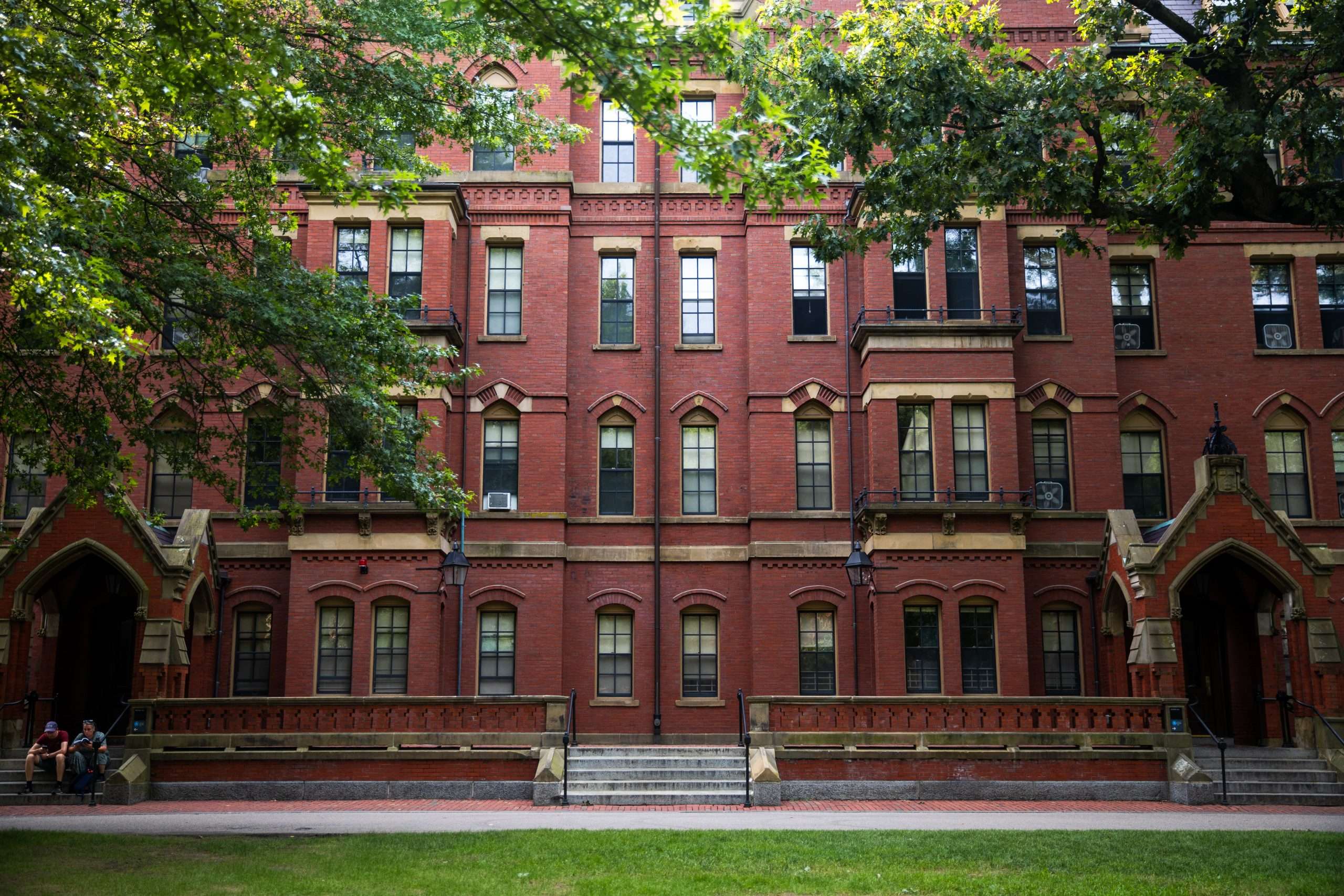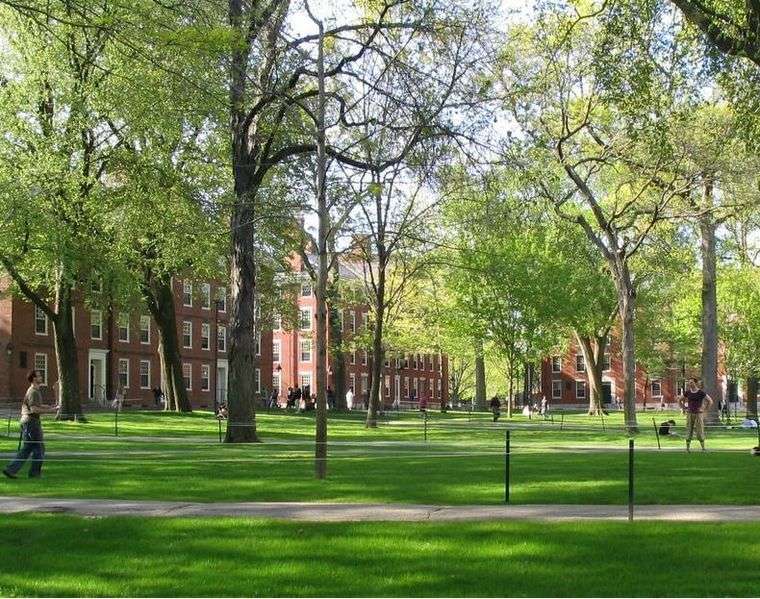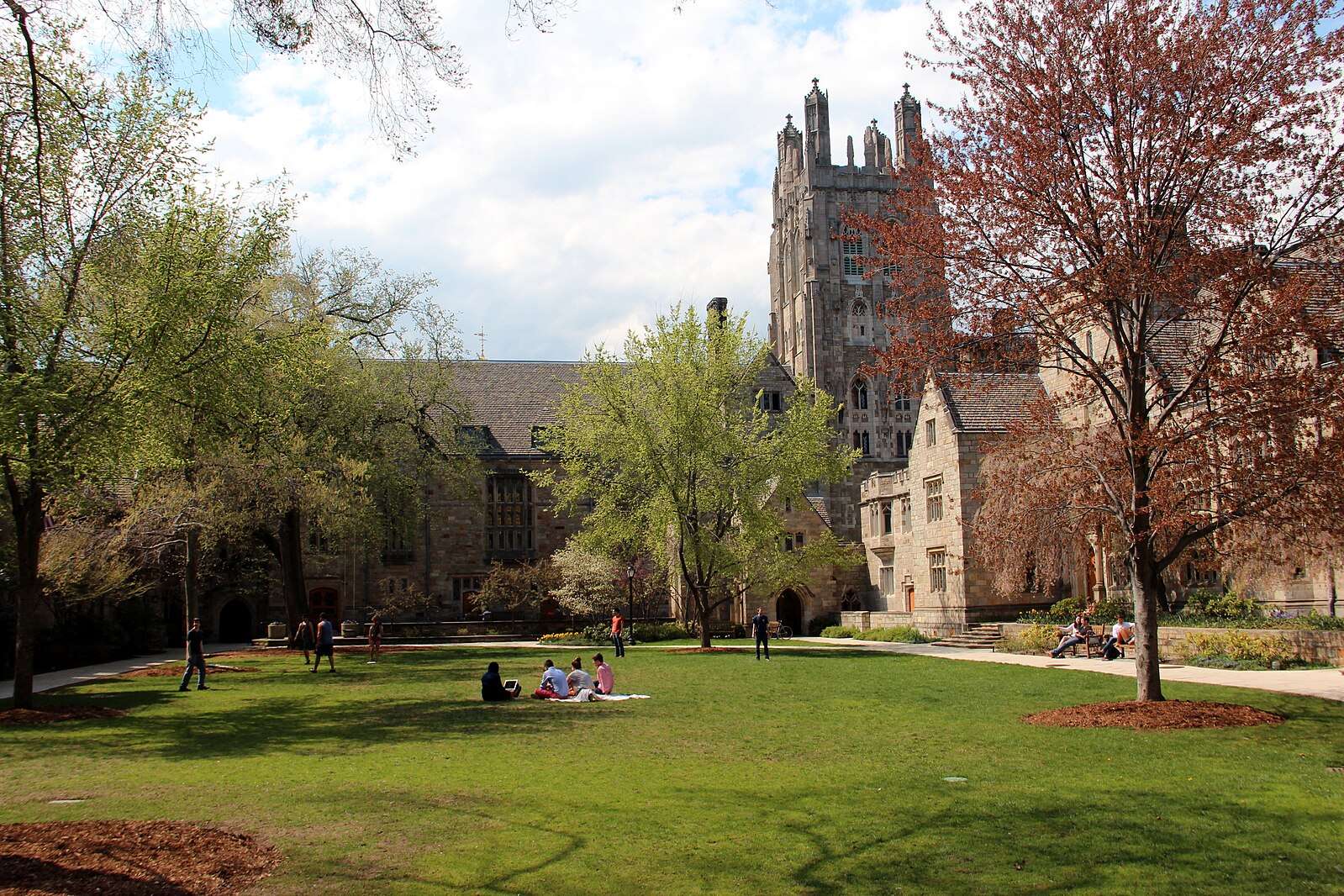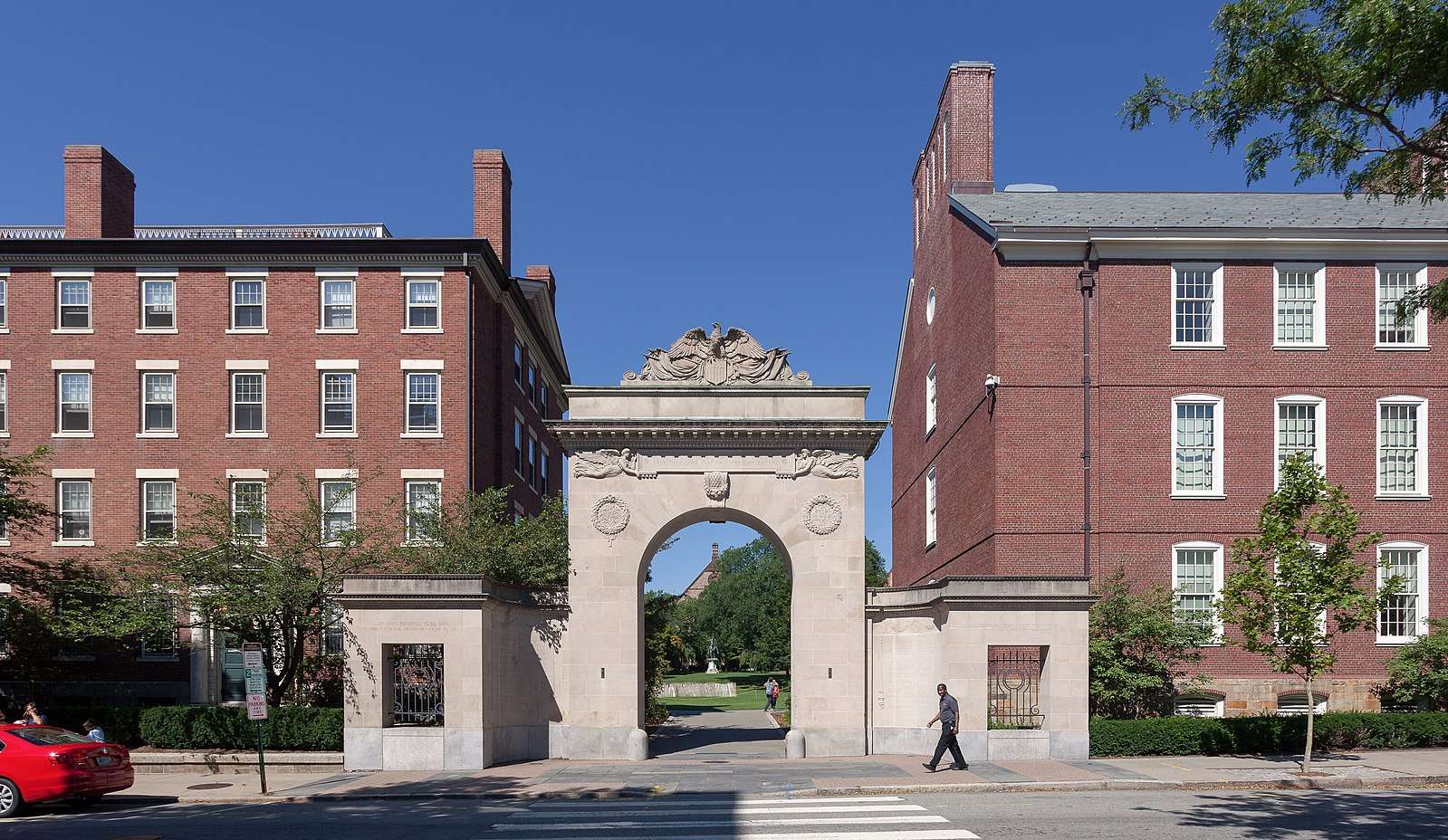The Ivy Coach Daily
University of Pennsylvania Class of 2029 Admissions Statistics

The University of Pennsylvania has released Regular Decision notifications to the Class of 2029. Over 72,000 students applied to the Ivy League institution this year, a record. It marked the second straight year that UPenn set a new application benchmark. Applications increased by about 11% from last year’s historic tally of over 65,000 applicants.
UPenn Keeps Its Admissions Statistics Close to the Vest
UPenn has been withholding its acceptance rates for the Early Decision and Regular Decision rounds in recent years, failing to disclose the number of admits. Without the number of admits, deducing the school’s acceptance rates for the Class of 2029 would be impossible.
That said, UPenn, like all of America’s elite universities, annually releases figures to The Common Data Set. Last year, for the Class of 2028, 3,508 students earned admission between the two rounds of admission — for an overall acceptance rate of 5.4%. This was the lowest acceptance rate on record for the Philadelphia-based institution.
Nonetheless, we still have over twenty years of admissions data to unpack:
University of Pennsylvania Admissions Statistics (Class of 2029 – Class of 2007)
| University of Pennsylvania Class Year | Overall Acceptance Rate | Regular Decision Acceptance Rate | Regular Decision Applications Accepted | Regular Decision Applications Received | Early Decision / Action Acceptance Rate | Percent of Class Filled by Early Applications | Early Decision / Action Applications Received | Early Decision / Action Applications Accepted | Expected Number of Students to Enroll | Total Applications Received | Total Applications Accepted |
| Class of 2029 | NYP | NYP | NYP | NYP | NYP | NYP | NYP | NYP | NYP | 72,000+ | NYP |
| Class of 2028 | 5.38% | NYP | NYP | NYP | NYP | NYP | NYP | NYP | 2,400 | 65,235 | 3,508 |
| Class of 2027 | 5.87% | 4.45% | 2,285 | 51.356 | 34.51% | 49.83% | 8,109 | 1,204 | 2,416 | 59,465 | 3,489 |
| Class of 2026 | 6.50% | 4.99% | 2,339 | 46,794 | 15.52% | 50.42% | 7,794 | 1,210 | 2,400 | 54,588 | 3,549 |
| Class of 2025 | 5.70% | 4.20% | 2,008 | 48,371 | 14.90% | 49.80% | 7,962 | 1,194 | 2,400 | 56,333 | 3,202 |
| Class of 2024 | 8.10% | 6.00% | 2,135 | 35,752 | 19.70% | 52.90% | 6,453 | 1,269 | 2,400 | 42,205 | 3,404 |
| Class of 2023 | 7.40% | 5.50% | 2,066 | 37,850 | 18.00% | 53.00% | 7,110 | 1,279 | 2,413 | 44,960 | 3,345 |
| Class of 2022 | 8.40% | 6.50% | 2,419 | 37,408 | 18.50% | 53.70% | 7,074 | 1,312 | 2,445 | 44,482 | 3,731 |
| Class of 2021 | 9.20% | 6.80% | 2,345 | 34,266 | 22.00% | 55.40% | 6,147 | 1,354 | 2,445 | 40,413 | 3,699 |
| Class of 2020 | 9.40% | 7.00% | 2,329 | 33,156 | 23.20% | 54.60% | 5,762 | 1,335 | 2,445 | 38,918 | 3,661 |
| Class of 2019 | 9.90% | 7.50% | 2,381 | 31,778 | 23.90% | 54.40% | 5,489 | 1,316 | 2,420 | 37,267 | 3,697 |
| Class of 2018 | 9.90% | 7.30% | 2,252 | 30,719 | 25.20% | 53.70% | 5,149 | 1,299 | 2,420 | 35,868 | 3,551 |
| Class of 2017 | 12.10% | 9.80% | 2,589 | 26,468 | 24.90% | 49.40% | 4,812 | 1,196 | 2,420 | 31,280 | 3,785 |
| Class of 2016 | 12.30% | 10.10% | 2,698 | 26,690 | 25.40% | 47.40% | 4,526 | 1,148 | 2,420 | 31,216 | 3,846 |
| Class of 2015 | 12.30% | 9.90% | 2,685 | 27,102 | 26.20% | 49.40% | 4,557 | 1,195 | 2,420 | 31,659 | 3,880 |
| Class of 2014 | 14.20% | 11.40% | 2,630 | 23,096 | 31.20% | 50% | 3,842 | 1,200 | 2,400 | 26,938 | 3,830 |
| Class of 2013 | 17.10% | 14.40% | 2,770 | 19,273 | 31.50% | 48.20% | 3,666 | 1,156 | 2,400 | 22,939 | 3,926 |
| Class of 2012 | 16.40% | 13.80% | 2,622 | 18,993 | 29.20% | 47.80% | 3,929 | 1,147 | 2,400 | 22,922 | 3,769 |
| Class of 2011 | 15.90% | 13.10% | 2,450 | 18,633 | 29% | 48.30% | 4,001 | 1,160 | 2,400 | 22,634 | 3,610 |
| Class of 2010 | 17.70% | 15% | 2,442 | 16,331 | 28.40% | 49.20% | 4,148 | 1,180 | 2,400 | 20,479 | 3,622 |
| Class of 2009 | 20.90% | 17.90% | 2,743 | 15,329 | 34.20% | 48.30% | 3,420 | 1,169 | 2,420 | 18,749 | 3,912 |
| Class of 2008 | 21% | 18.30% | 2,726 | 14,891 | 33.10% | 45% | 3,387 | 1,120 | 2,490 | 18,278 | 3,846 |
| Class of 2007 | 20.50% | 17.20% | 2,736 | 15,945 | 38.90% | 47% | 2,882 | 1,122 | 2,385 | 18,827 | 3,858 |
Ivy Coach is eagerly awaiting the release of the number of admitted students and the respective acceptance rates for the UPenn Class of 2029. We will be sure to share this information as soon as it becomes available.
Profile of UPenn Admits to the Class of 2029
Of the admitted students to UPenn’s Class of 2029, they hail from all 50 states in addition to Puerto Rico, the U.S. Virgin Islands, Guam, the Marshall Islands, and the military APO. International admits hail from over 100 countries worldwide.
We’d love to share more intel on the UPenn Class of 2029’s percentage of first-generation college students, the percentage of legacies, and more, but the school is, as of now, keeping these cards close to the vest, too.
Ivy Coach’s Crystal Ball Takes On the Penn Class of 2029
While we at Ivy Coach like to joke about our famously accurate crystal ball, all jokes aside, we do have a wealth of experience and expertise in predicting Ivy League admissions statistics. Drawing on this knowledge, here’s what we predict for the Penn Class of 2029:
When the acceptance rate for the Class of 2029 is finally released, it will show a slight decrease in acceptance that sets yet another record for the Ivy League school — but not by any wide margin. After all, Penn is one of the few Ivies to have conducted the 2024-2025 admissions cycle with a test-optional policy, which surely flooded the applicant pool with all the “squeakers” (Ivy Coach’s term for those students who apply to highly selective schools in the hopes they will get admitted without submitting any test scores). These squeakers likely found themselves with fewer and fewer places to turn after most other Ivy League schools phased out test-optional policies in recent years. And next year, they’ll be plum out of luck, with Penn’s decision to return to mandatory standardized testing for the 2025-2026 admissions cycle.
However, it’s worth noting that acceptance rates have been up across every other Ivy League school that has reported this elusive data. But yet another state of affairs has likely contributed to the expected decline in Penn’s acceptance rate: Trump administration cuts to federal funding, forcing Penn to cut back on spending in a huge way. Time will only tell whether they responded to this austere situation by cutting back on acceptances in order to enroll a smaller cohort for the Class of 2029, but in any event, it just goes to show that a lower acceptance rate is not always evidence of institutional strength. Sometimes, it’s just the opposite!
Ivy Coach’s Assistance with UPenn Waitlist to the Class of 2029
If you’re interested in optimizing your chances of admission off the University of Pennsylvania’s waitlist with Ivy Coach’s Jayson Weingarten, a former UPenn and Wharton admissions officer, fill out our complimentary consultation form. We’ll then be in touch to outline our go-forward service for waitlisted candidates.
You are permitted to use www.ivycoach.com (including the content of the Blog) for your personal, non-commercial use only. You must not copy, download, print, or otherwise distribute the content on our site without the prior written consent of Ivy Coach, Inc.
TOWARD THE CONQUEST OF ADMISSION
If you’re interested in Ivy Coach’s college counseling, fill out our complimentary consultation form and we’ll be in touch.
Get Started




